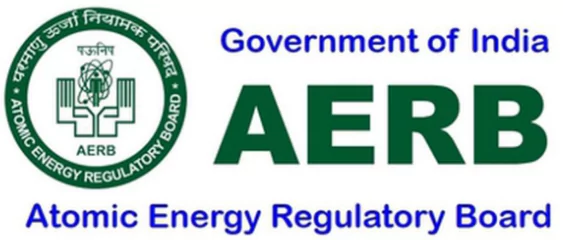India’s nuclear regulator, the Atomic Energy Regulatory Board (AERB), has granted operation licence for two indigenously developed 700 MWe Pressurised Heavy Water Reactors at the Kakrapar Atomic Power Station (KAPS) in Gujarat.
About Pressurized Heavy Water Reactor
- Refers: A nuclear power reactor that typically uses unenriched natural uranium as fuel and heavy water (D₂O) as both coolant and moderator.
- Role of Heavy Water: Heavy water is kept under high pressure, allowing it to be heated to higher temperatures without boiling, similar to pressurized water reactors.
- Key Advantage – Neutron Economy: Though more expensive than light water, heavy water offers superior neutron economy, enabling the reactor to run without the need for fuel enrichment.
|
About Indigenous Nuclear Milestone
- Commissioning Timeline
- KAPS-3: Commissioned at full power in August 2023
- KAPS-4: Achieved the same in August 2024
- Rigorous Safety Review
- First-of-its-kind 700 MWe reactor in India
- Underwent multi-tiered safety assessments across all life-cycle stages: siting, construction, commissioning
- Design and commissioning reviews took almost 15 years
- Licence Details
- Issued by AERB to NPCIL on July 3, with a validity for 5 years
- Marks completion of Phase-C commissioning
Phase-C Commissioning
- A stage where the reactor’s power is gradually increased—typically to 50%, then 90%, and finally 100%—to ensure all systems perform safely and meet regulatory standards before full operation.
|
- Fleet Mode Expansion
- NPCIL is set to build 10 more 700 MWe PHWRs in fleet mode
- Current PHWRs in India:
- 15 reactors of 220 MWe
- 2 reactors of 540 MWe
- 700 MWe design evolved from the 540 MWe model
- Other 700 MWe Projects
- Rawatbhata, Rajasthan: Another 700 MWe reactor began commercial operations in March 2025
- Collaborative Expertise
- Besides AERB, multiple technical support organisations and safety experts were involved in the design review and commissioning process
Atomic Energy Regulatory Board (AERB)

- Establishment: In 1983, by the President of India under the Atomic Energy Act, 1962.
- Purpose: To carry out regulatory and safety functions in the nuclear energy sector.
- Core Mission: To ensure that ionizing radiation and nuclear energy are used in India without posing undue risks to human health and the environment.
- Regulatory Scope within DAE: It regulates industrial safety in Department of Atomic Energy (DAE) units under the Atomic Energy Act, 1962.
- Other Legal Mandates: It also administers provisions of the Factories Act, 1948, for nuclear energy establishments.
|
About International Atomic Energy Agency (IAEA)
- Global Status and Headquarters: It is a UN-affiliated autonomous international organization headquartered in Vienna, Austria.
- Established: 1957
- Motto: “Atoms for Peace and Development”
- Primary Mandate: Promote peaceful uses of nuclear energy and prevent its use for military purposes, including nuclear weapons.
- Members: 180 (as of 15 November 2024)
- India is a member
- North Korea: Joined in 1974, withdrew in 1994.
- General Conference: All member states meet annually in Vienna.
- The IAEA is not a member of the NPT entrusted with key verification responsibilities under the Treaty.
- Each non-nuclear-weapon State party is required under the NPT to conclude a comprehensive safeguards agreement (CSA) with the IAEA.
- Recognition: Received Nobel Peace Prize in 2005 for promoting peaceful nuclear use and global safety.
- In India, some nuclear reactors are kept under “IAEA safeguards” while others are not. (2020 UPSC Prelims)
-
- Reactors that use imported nuclear fuel (mainly uranium) must be placed under IAEA safeguards as part of the terms of civil nuclear cooperation agreements.
- Reactors that use domestically sourced uranium are not required to be under IAEA safeguards and can be used for strategic purposes, including research and potential weapons-related programs.
|
![]() 7 Jul 2025
7 Jul 2025

